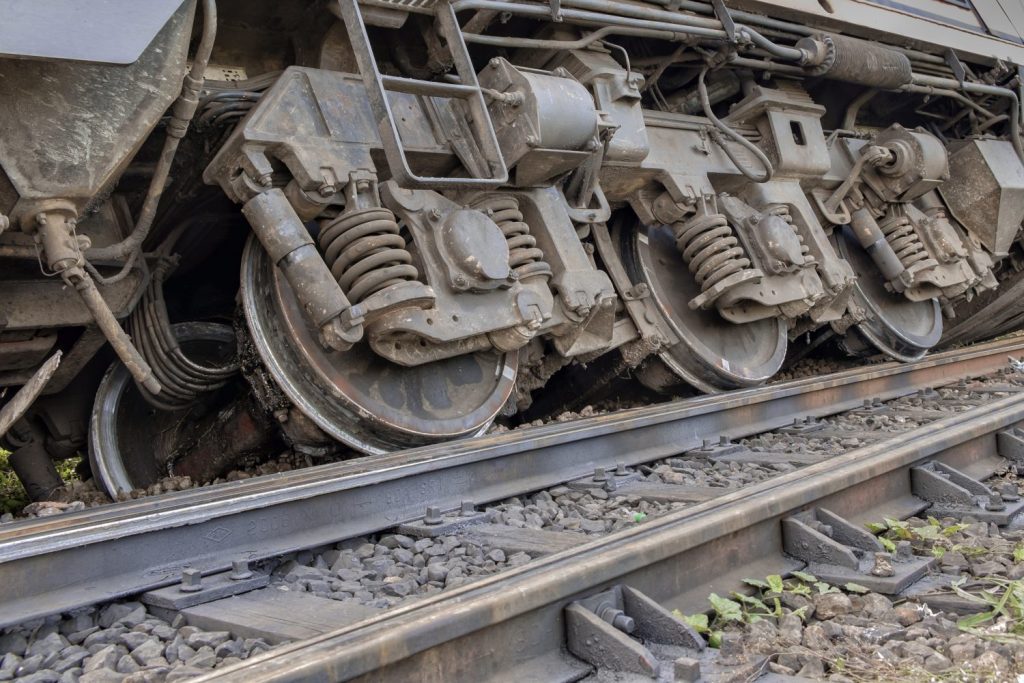
A deficient safety management process across various levels of Amtrak led to a train derailment near Chester, Pennsylvania, in April 2016 that killed two people and injured 39, the National Transportation Safety Board (NTSB) announced on Tuesday.
Amtrak train 89 derailed while traveling from Philadelphia to Washington on the Northeast Corridor. After the train’s conductor spotted construction and equipment near the track, he engaged a safety brake that slowed the train from 106 mph to 99 mph at the time of impact.
An NTSB report concluded that deficient safety management resulted from Amtrak’s lack of a clear, consistent, and accepted vision for safety. Allowing a passenger train to travel at the maximum authorized speed on an unprotected track with workers present, and the construction foreman’s failure to hold a safety briefing before the shift began, were identified as additional factors.
“Amtrak’s safety culture is failing, and is primed to fail again, until and unless Amtrak changes the way it practices safety management,” NTSB Chairman Robert Sumwalt said. “Investigators found a labor-management relationship so adversarial that safety programs became contentious at the bargaining table, with the unions ultimately refusing to participate.”
The Federal Railroad Administration (FRA) did not require redundant signal protection measures like shunting for maintenance work crews, the NTSB report concluded. Additionally, the backhoe operator tested positive for cocaine, and the track supervisor tested positive for codeine and morphine.
In all, NTSB made 14 safety recommendations following its review. Nine of those recommendations were directed to Amtrak, two were directed to the FRA, and three were directed to the Brotherhood of Maintenance of Way Employees Division, the American Railway and Airway Supervisors Association, the Brotherhood of Locomotive Engineers and Trainmen, and the Brotherhood of Railroad Signalmen.